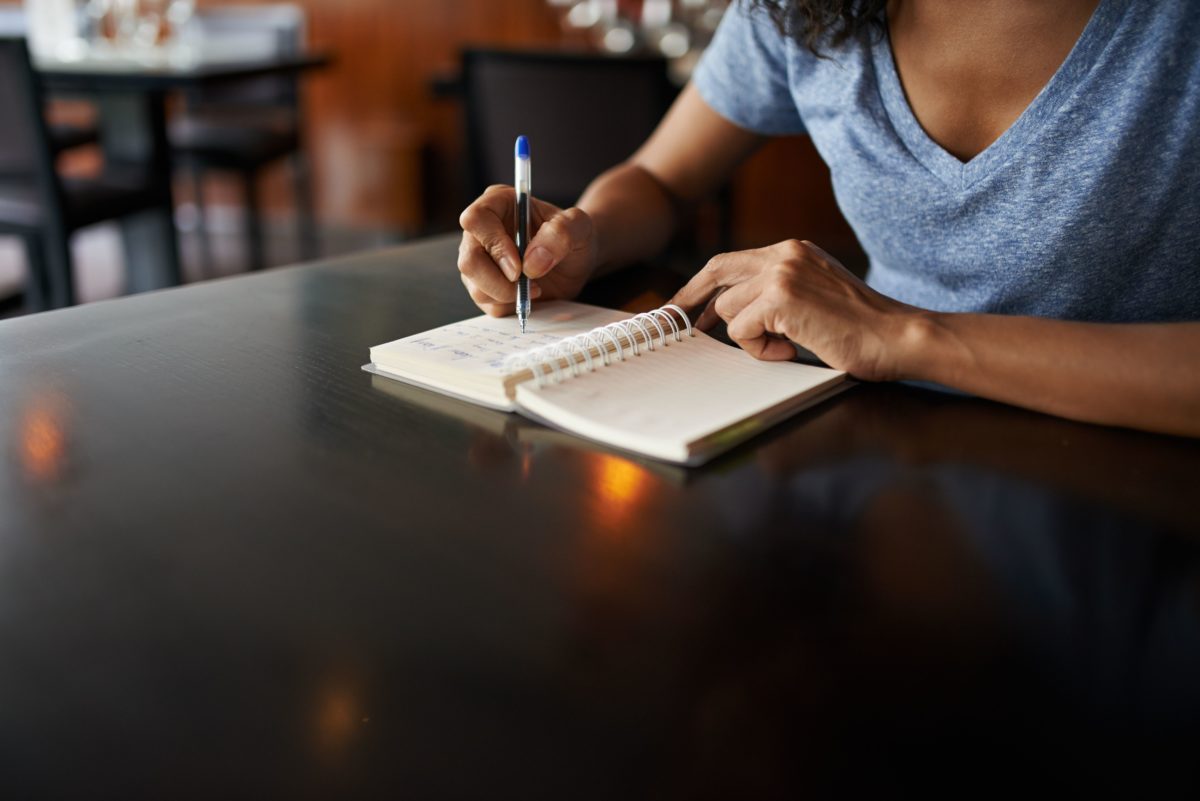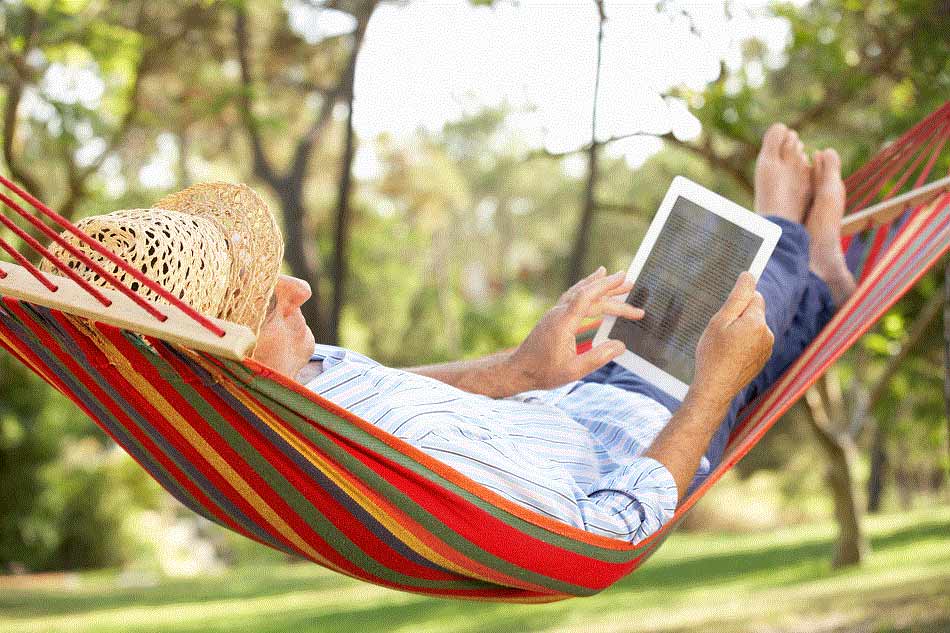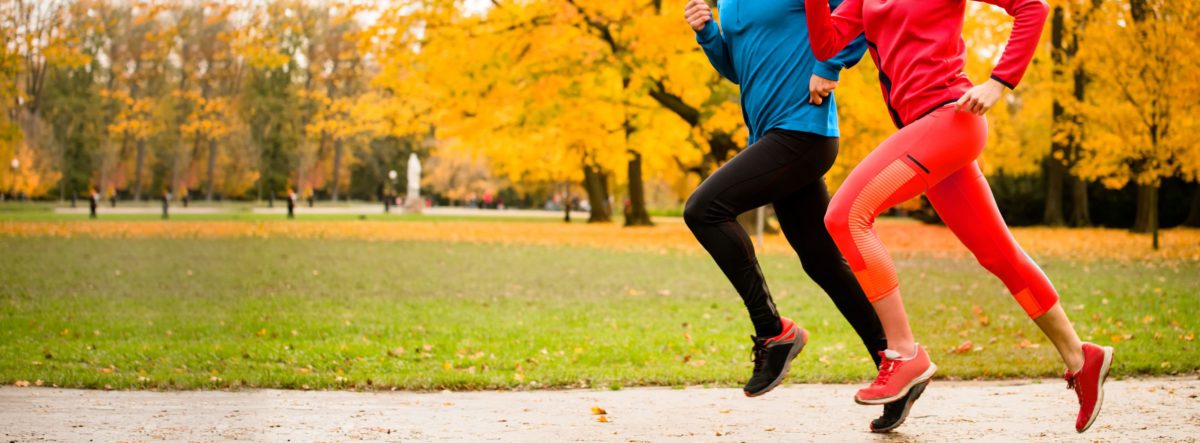Do you find yourself in your doctor’s office, trying to accurately answer questions about how you’ve been since your last visit? How you’ve been sleeping, how your symptoms have been, how often you’ve been exercising, or how many flares you’ve had?
When you try to remember, it’s very easy to get things wrong. Our memories aren’t always reliable, and can be influenced by many other factors including our emotions.
So to ensure you provide your doctor with an accurate reflection of how you’ve been between visits – so that your treatment plan is based on facts, not guesses or assumptions – keeping a record can be extremely useful. It’s a real-time record of how you’re going and will help you and your healthcare team track your progress.
Record any changes in your condition, the effectiveness of medications you’re taking, how you feel physically and mentally, and your pain and fatigue levels. You can record just the basic information – e.g. your daily pain levels and any medications you take.
Or you can add more information so that the picture is more complete – e.g. you might also record your diet and exercise program, your daily activities, as well as the quality of your sleep. It’s up to you.
Keeping a record helps you see the big picture – which can sometimes be hard to see when you go by memory alone.
To get started, you can use an ordinary notebook to write this information down or there are many apps and templates you can download and use.
So grab a notebook and start your own health record. Or visit the App Store or Google Play and download an app.
And next time you visit your doctor you’ll have an accurate record of how you’ve really been.













